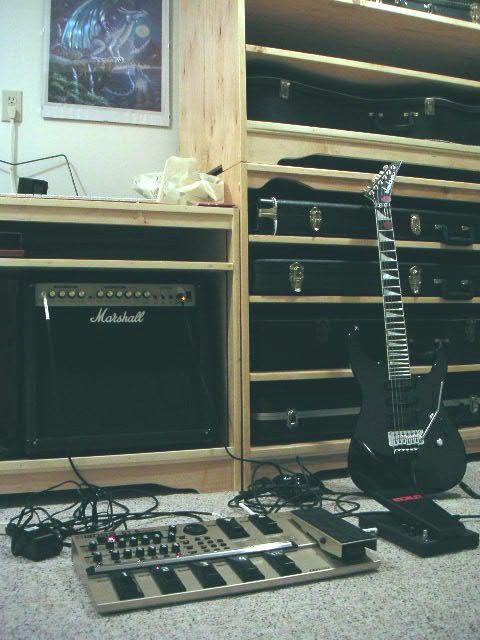Re: Neck Strength questions for figured woods??
Here's how the strength rods are installed in necks, parallel to the truss rod:

Info:
http://www.stewmac.com/shop/Truss_ro...7.html#details
I find it funny how KMaynard mentioned that the neck itself contributes to a LOT of the guitar tone, and people are generally accepting of multi-ply necks like the 7-piece koa/maple neck pictured above, yet people don't like plywood bodies as it's a sign of "cheapness". [img]/images/graemlins/scratchhead.gif[/img] [img]/images/graemlins/laugh.gif[/img]
Here's how the strength rods are installed in necks, parallel to the truss rod:

Info:
http://www.stewmac.com/shop/Truss_ro...7.html#details
I find it funny how KMaynard mentioned that the neck itself contributes to a LOT of the guitar tone, and people are generally accepting of multi-ply necks like the 7-piece koa/maple neck pictured above, yet people don't like plywood bodies as it's a sign of "cheapness". [img]/images/graemlins/scratchhead.gif[/img] [img]/images/graemlins/laugh.gif[/img]

Comment